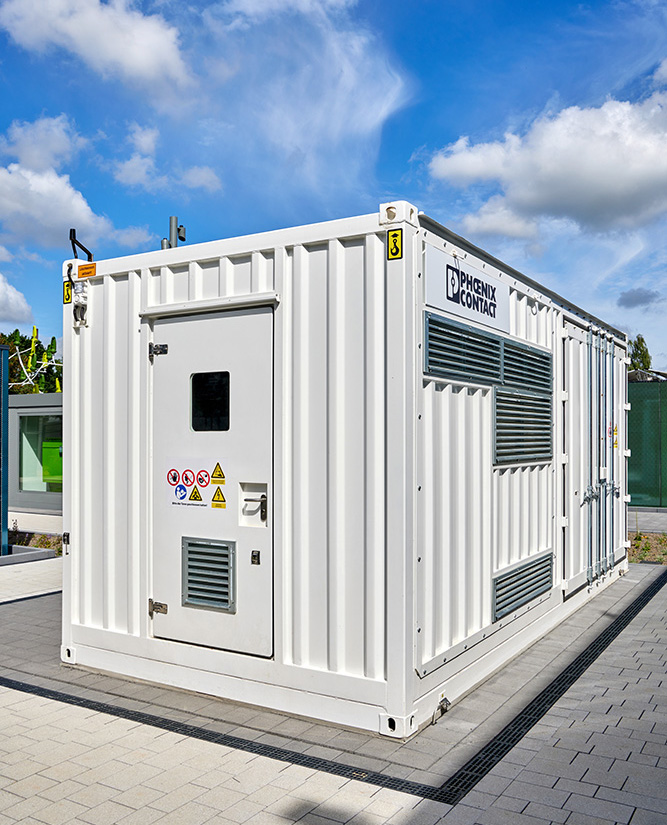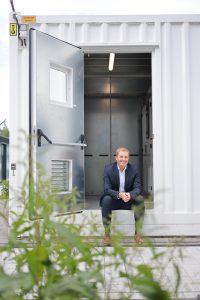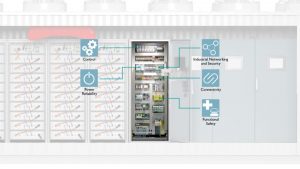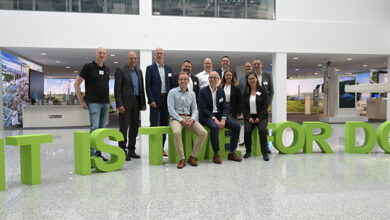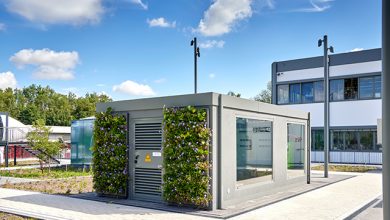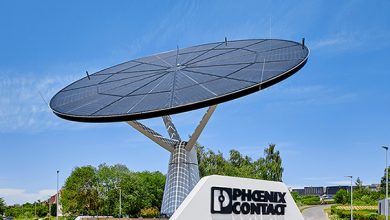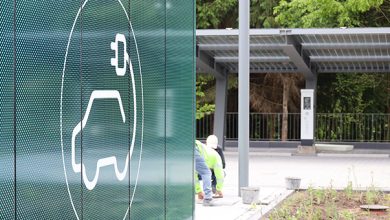Long-term commitments are not their favorites. They are more the type for a quick boost in between. Collecting regeneratively, delivering with peak performance. Which is exactly right in this case, as battery storage expert Holger Krings explains.
Electricity is a volatile commodity. As soon as it is generated, it needs to be consumed. No problem if there is always enough available. But the days when large power plants provided continuous power in the power grid without major fluctuations are over. The future lies in decentralized, smaller generation units. This is also the case at the All Electric Society Park, where solar and wind power are used to generate energy. This calls for new flexibility in the power grids.
Half full – half empty
Two battery storage systems are available to store the park’s energy. The smaller one prevents any peak loads in the e-mobility area, while the larger one is housed in a 20-foot container and can iron out even higher peak loads.
Holger Krings is an engineer and has been active in the field of battery storage systems for a long time: “You can’t run all applications with one storage system at the same time. To provide short-term energy to iron out peak loads (peak shaving), you need an energy storage system that is as full as possible. These peak loads occur, for example, when several electric cars in a charging park need to be supplied with fast charging at the same time, as is the case here. Or when large amounts of power are required at short notice on company premises, for example when starting up production facilities. However, if you want to use the storage system to capture surplus energy that is not to be fed into the public grid, then it should be as empty as possible.”
Fast refinancing
We walk around the container and open two massive doors, behind which the actual lithium iron phosphate batteries are hidden. They contain no cobalt or nickel and are also extremely fireproof, as Krings explains. The inner workings of the storage unit consist almost entirely of components from the Phoenix Contact shelf. “In collaboration with the manufacturer Intilion, we have implemented the entire automation of the storage system using in-house products.”
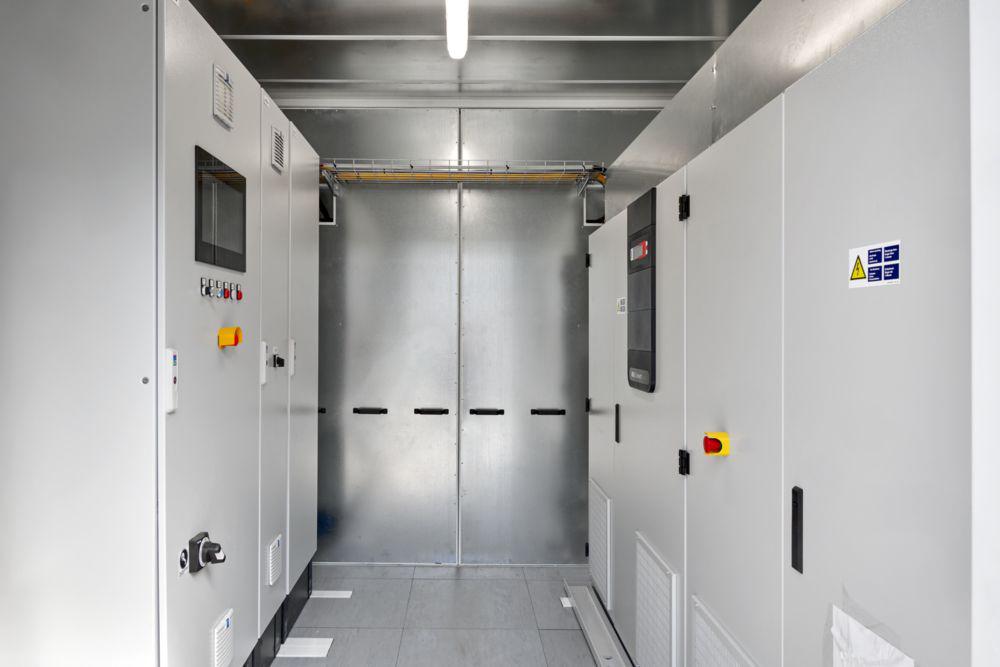
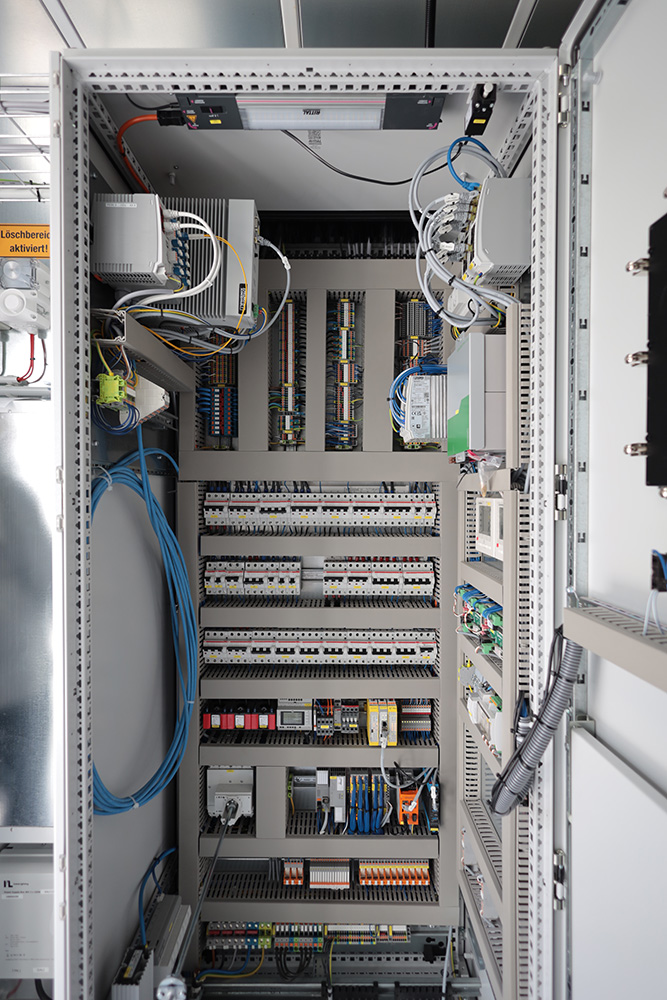
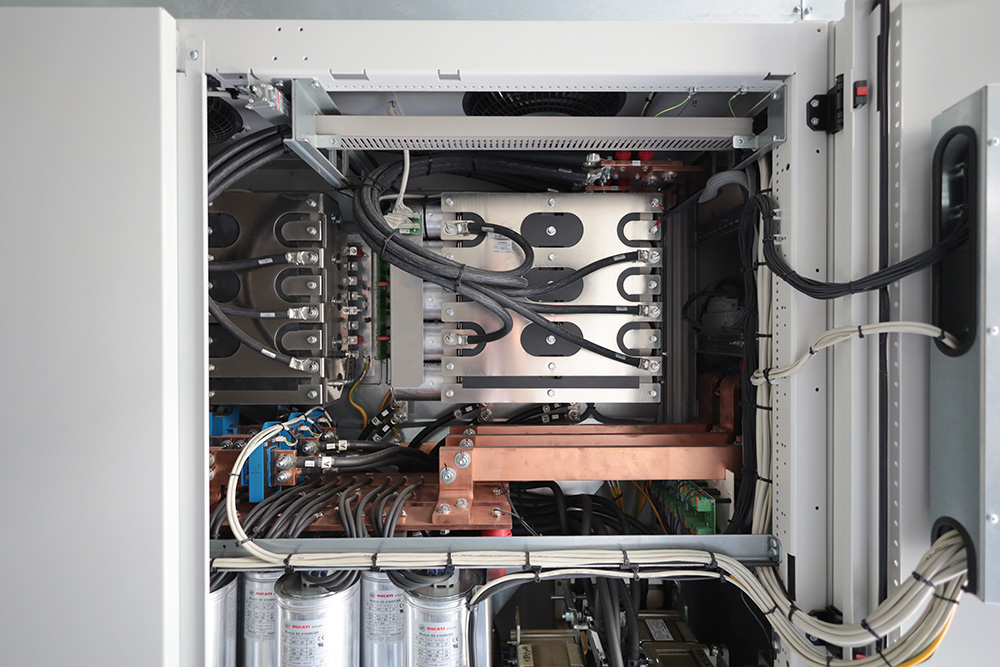
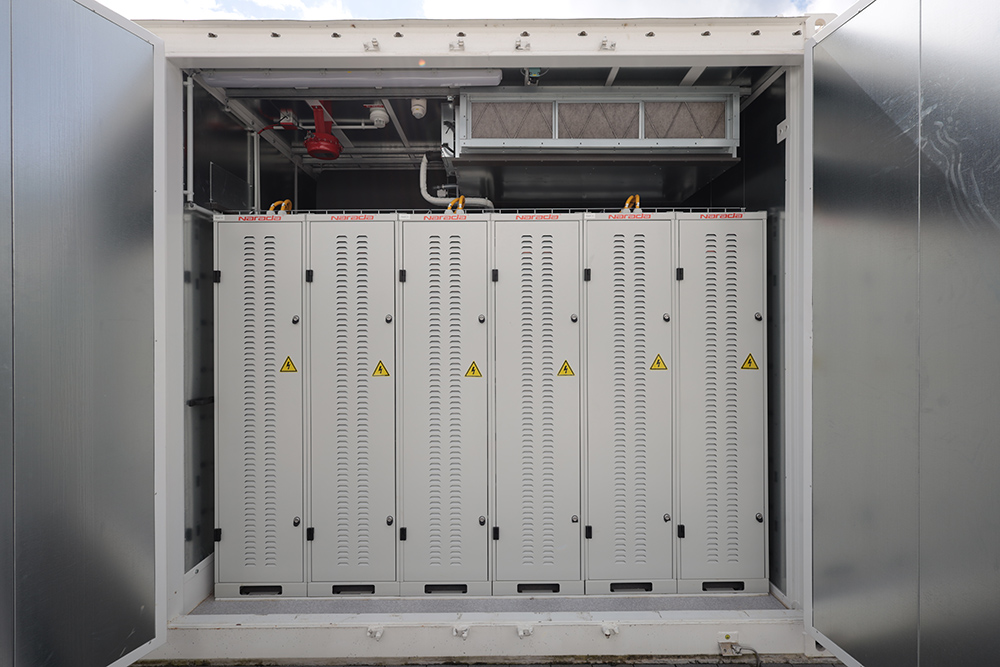
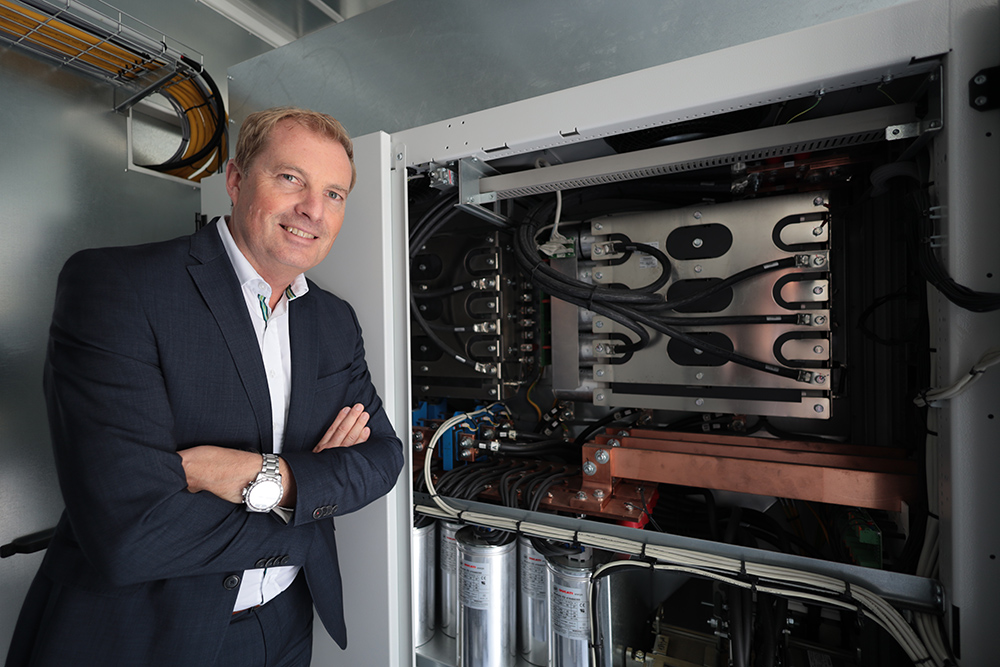
The investments in the battery storage systems are quickly refinanced. Major customers such as Phoenix Contact agree a fixed connected load with their respective grid operators. If this is exceeded, for example due to many simultaneous charging processes, peak loads occur for which the grid operator charges extra and at a high price. “And we’re not talking about a few hundred euros here,” reveals Krings. “High five-figure sums can quickly add up.”
However, battery storage systems are not a permanent solution. “It makes sense to use them for storage periods of hours to a few days. Other technologies are used for longer-term storage.”
Der All Electric Society Park
Phoenix Contact Batteriespeicher
